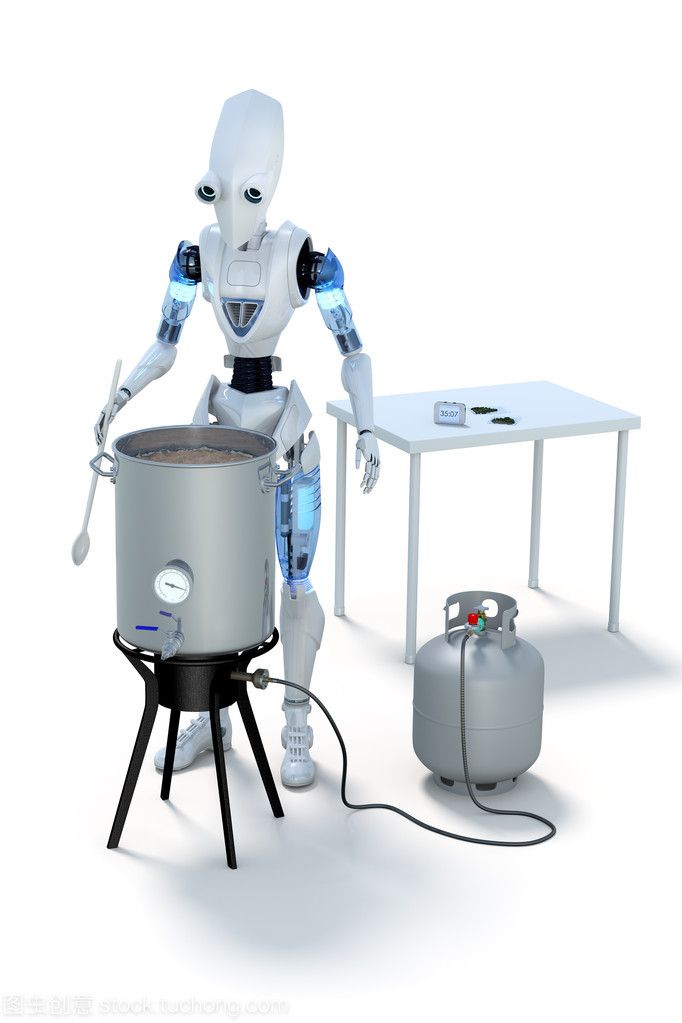Cold beer wort oxygenation in beer brewing seems to be a very simple process, but the control of the oxygenation of the wort and the oxygenation, the normal fermentation of the yeast, the smoothness of the production process, the quality stability of the beer product and Flavor characteristics and so on have a crucial relationship. If improperly oxygenated, it will certainly cause a series of changes in the fermentation process, and even cause poor fermentation results and produce flavor defects.

1. Control of the oxygenation of wort The oxygenation of wort is controlled according to the degree of oxygen demand of the yeast species and fermentation process used. Different yeast species and fermentation state have different oxygen demand levels. of. The conventional practice is to control the dissolved oxygen in cold wort at 5 ~ 8mg / L, and can be adjusted according to the actual needs of yeast reproduction, generally rarely more than 10mg / L. The oxygen content of the wort is generally controlled by conditions such as oxygen flow rate, pressure, time, and oxygenation equipment during oxygenation.
The oxygenation effect of the wort is related to the control of the oxygenation time. The use of unqualified or simple oxygenation devices is not as large as the actual oxygenation effect, and the oxygenation amount is not necessarily proportional to the actual dissolved oxygen content of the cold wort. In this case, some beer lovers tend to extend the oxygenation time to ensure oxygenation. In fact, in addition to the oxygenation time, cold wort dissolved oxygen is related to the wort concentration and wort temperature, the wort temperature is low, the original wort concentration is low, the oxygenation effect is better, and the oxygenation time can be appropriately short. One point; the time of oxygenation of wort is related to the oxygenation equipment used, the pressure of the sterile air, the flow rate, the pressure is high, the flow rate is large, the emulsification effect is good, and the oxygenation time can be shorter.
However, the oxygenation time actually controlled by large production is not only combined with the dissolved oxygen content that needs to be controlled, but also combined with the dissolution and distribution of oxygen in the wort. For example, cold wort batches with added yeast are mostly oxygenated throughout the whole process. Cold wort batches without added yeast can be used for oxygenation over a period of time, or with reduced oxygenation time, or even without oxygenation. As long as the amount of dissolved oxygen required for yeast propagation can be satisfied, excessive oxygenation is not advocated. The germination cycle of yeast is about 12h, and it should not be oxygenated after 12h. Yeast sprouts can synthesize linoleic acid by itself.
2. The control of oxygenation has several aspects:
The first is the location of oxygenation of cold wort in beer brewing. The correct oxygenation position should be near the location where the yeast is added, that is, a device can be installed on the cold wort pipeline that can simultaneously oxygenate and add yeast, and can fully mix, so that oxygenation, yeast contact with oxygen and oxygen absorption The effect is best; however, the brewery usually uses the form of a venturi tube on the cold wort pipeline. Before adding the yeast, the cold wort is oxygenated, the cold wort containing dissolved oxygen is put into the tank, and then the yeast is inoculated immediately. This is also a better way.
Secondly, in the process of wort cooling, the wort can be fully oxygenated with a relatively small flow rate, and the dissolved oxygen can be uniformly distributed. It is not recommended to concentrate oxygenation on the large flow of wort, and the dissolution of oxygen in the latter is not good.
Thirdly, the batch of wort added with yeast can be fully oxygenated or segmented and oxygenated. The batch of wort without added yeast is not oxygenated in principle; considering the need for yeast breeding, the batch is full. The large-scale fermenter, the yeast-added batch can be oxygenated or sub-oxygenated in the whole process, and the next batch after adding the yeast, the oxygenation amount can be appropriately reduced, or the oxygenation amount and the oxygenation time can be performed depending on the yeast reproduction. Increase or decrease. If the cans are multiple batches of wort, the last batch of cold wort is fed into the tank and in principle may not be oxygenated. However, if the wort is found to be uneven, it can be charged with a lower flow rate and a lower pressure of sterile air for 5-10 minutes.